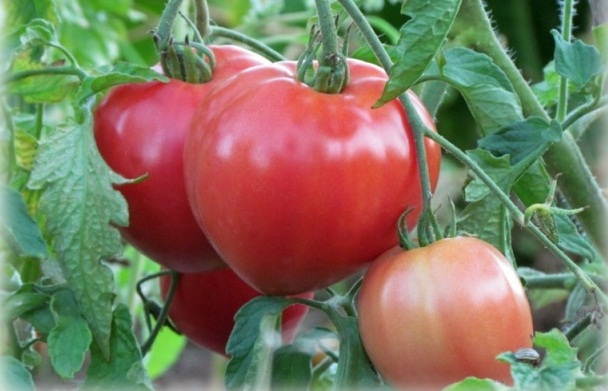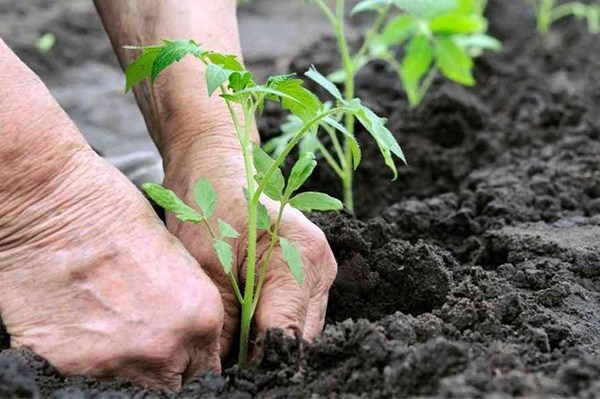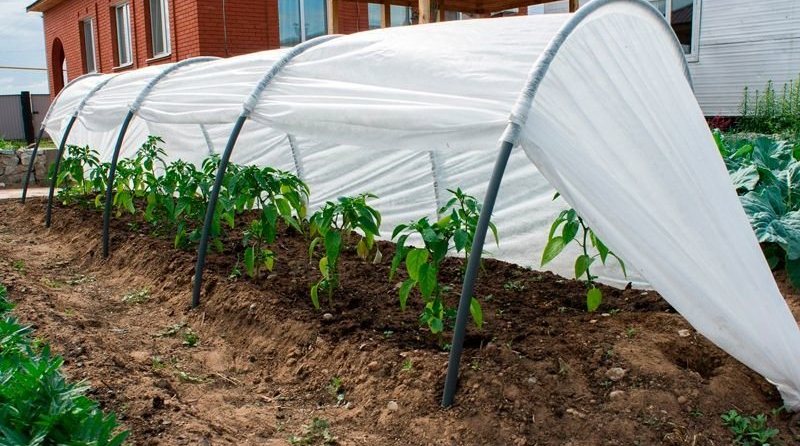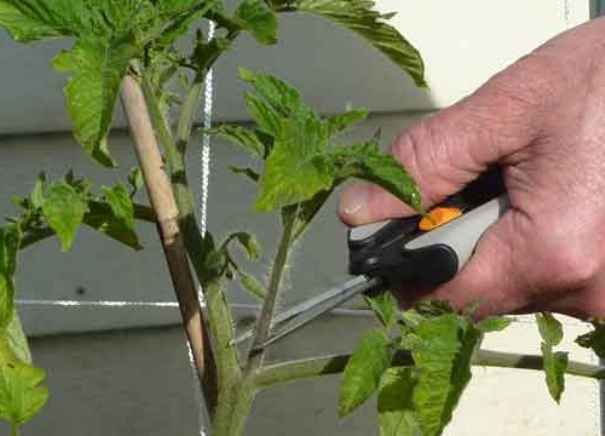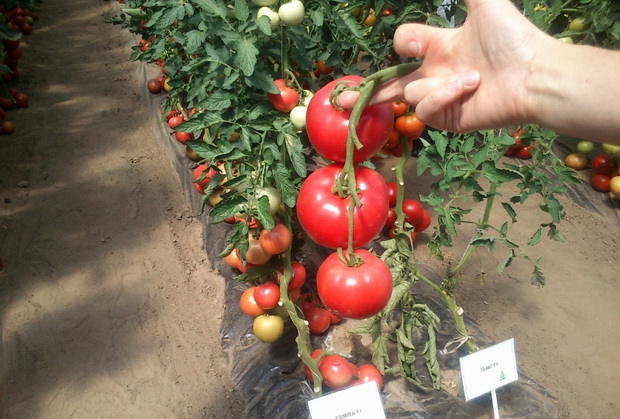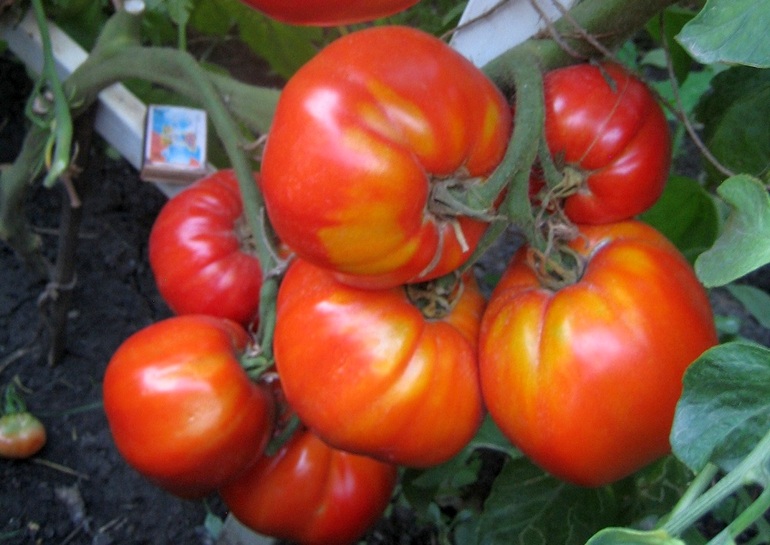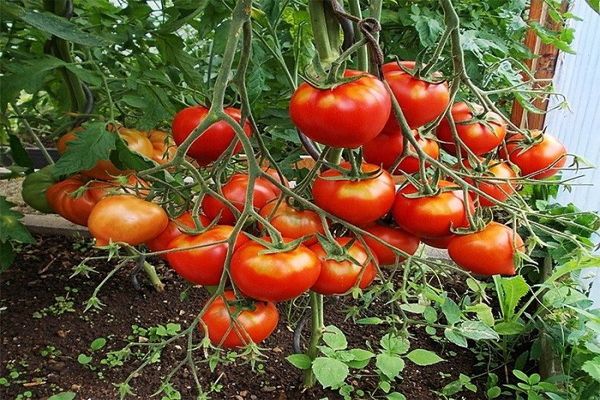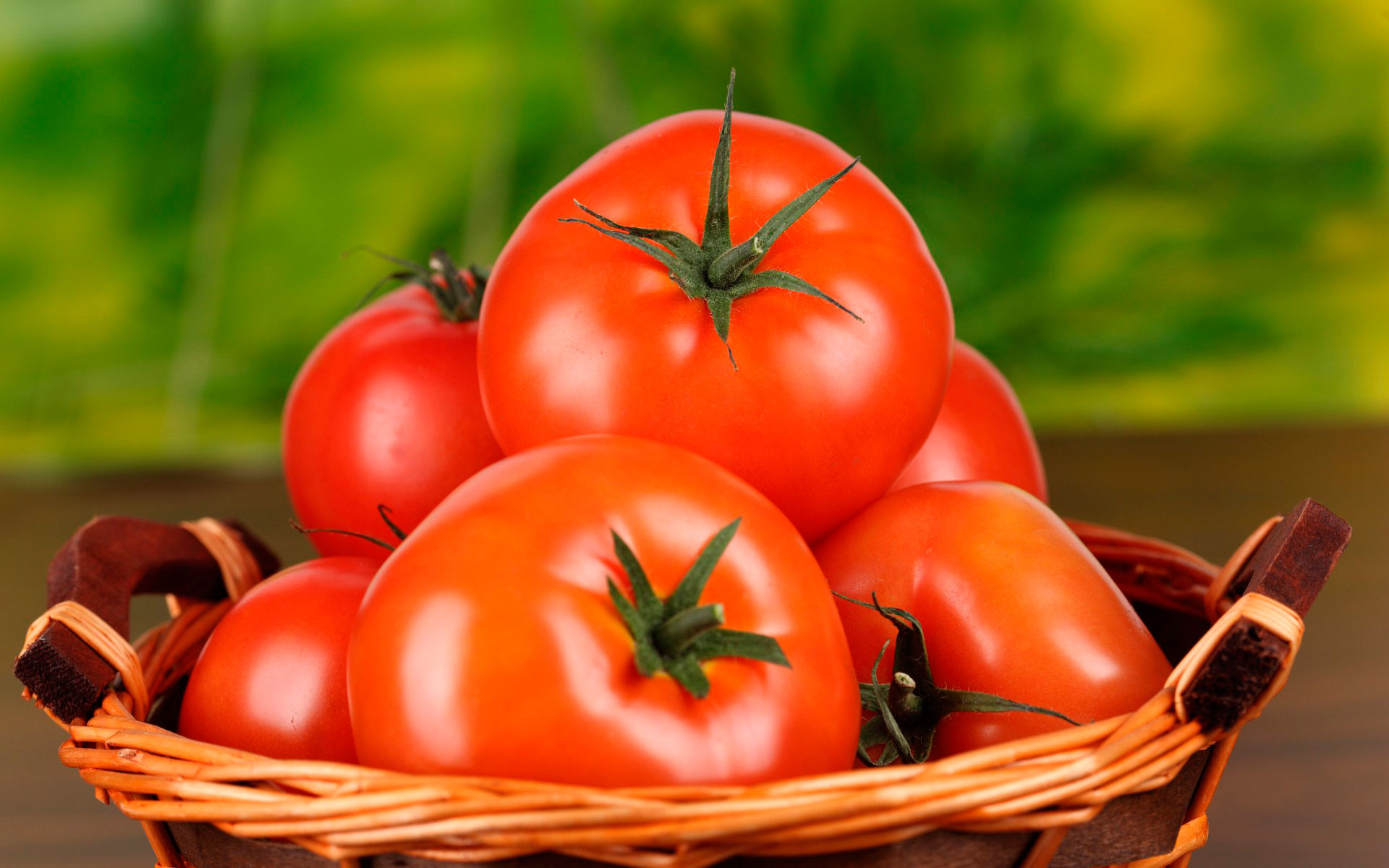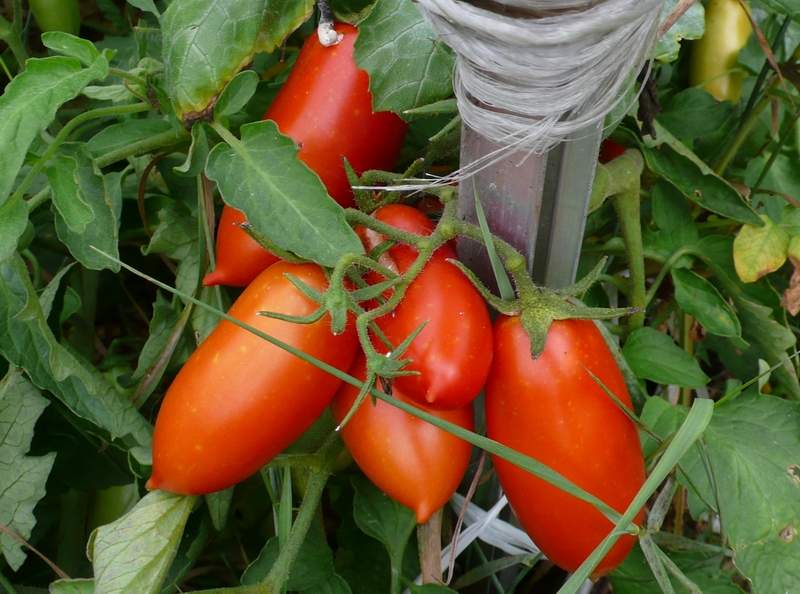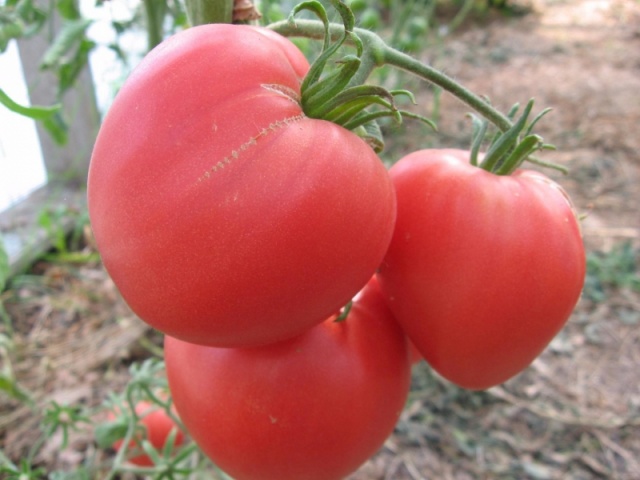Content:
In the collection of Siberian breeders, tomato Sensei occupies one of the places of honor. The plant grown in harsh conditions was to the taste of gardeners from all regions of the country. The culture is especially popular among summer residents of the southern regions; northern neighbors grow it in greenhouse conditions.
Plant characteristic
The tomato has one important feature - resistance to different weather conditions. The plant feels equally well in open ground, greenhouses, under a film cover.
Characteristic:
- early maturing;
- determinant;
- standard bush;
- high-yielding;
- compact root system;
- resistant to diseases and low temperature conditions;
- bush height - 100-150 cm.
Despite its high growth, the plant is not distinguished by dense vegetation. The main stem does not form many leaves and branches.
Feature of the fetus
Gardeners liked Sensei tomatoes not only by the simple growing technique, but also by their pleasant taste and beautiful shape.
Fruit characteristics:
- elongated heart-shaped shape;
- fleshy pulp;
- there is a minimum number of seeds in the chambers;
- the surface of the skin is smooth;
- red-crimson color;
- sweetish taste;
- the average weight of one fruit is 250-500 gr.
Observing the rules of agricultural technology, gardeners collect up to eight kilograms of fragrant fruits from a square meter. They surprise with their beautiful shape and unusual color. In cooking, fresh fruits are used for making salads, slicing vegetables, and decorating dishes. Varietal tomato is canned whole, in slices, with other vegetables, housewives prepare delicious tomato juice, various soups, mashed potatoes and sauces. Nutritionists include the product in the baby food menu.
Agrotechnics
Planting seedlings
Cultivation of the culture is carried out in seedlings. First of all, the soil and seeds are prepared. Seedlings are grown at home on a windowsill or in a room with sufficient lighting. Planting in the ground or greenhouse is carried out when the plants grow up, the root system becomes stronger.
Soil preparation is carried out in the fall. For sowing seeds, use a special tomato soil purchased from a store. Summer residents prefer to prepare the soil on their own, mixing humus and sod soil in equal proportions. To make the soil lighter and more airy, sand, peat and wood ash are added to the mixture.
Planting material can be purchased at the store, usually it is already ready for planting and does not require preliminary processing. If the seeds are not purchased, they must be soaked in a growth stimulator for 12 hours.
Sowing seeds begins in the first half of March, 50-60 days before planting a crop in a place of constant growth. For sowing, simple or peat pots are used, no more than 10 cm deep. They pour soil into the container, make a 1 centimeter hole, put seeds and cover them with earth on top. Planting material is planted at a distance of 2 cm from each other. After sowing the seeds, they must be watered immediately.
The optimum temperature for germination of planting material is 23-25 degrees. When the first sprouts appear, the seedlings are placed on the windowsill. The main condition for good growth is lighting for 12 hours. If there is a lack of light, additional lighting is installed using lamps.
Bedding
It is necessary to plant seedlings in the ground after the appearance of 2-3 leaves. In order for the culture to please with large and fragrant fruits, planting it in the ground, experienced gardeners are advised to follow the following rules:
- planting of seedlings is carried out after frost, when the earth warms up well;
- before planting, you need to prepare the ground, after fertilizing it with humus;
- holes are made in the prepared soil, each is impregnated with phosphorus fertilizer;
- seedlings with peat pots are inserted into the formed holes and sprinkled with earth;
- after transplanting, the plant is watered with settled warm water, watering should be exclusively basal, it is impossible for the water to fall on the green parts of the culture;
- the distance between the seedlings is 20 cm;
- distance between rows - 50 cm;
- no more than 3-4 bushes are planted on one square meter.
For normal adaptation of seedlings in the ground, it is covered with agrofibre for several days in a row at night.
Care and feeding
The area for growing crops should be located in a well-lit place, protected from wind and drafts. Watering is carried out in the morning or evening at the root. The water should be settled, heated in barrels or special containers. Hose irrigation is contraindicated for tomatoes.
After planting the plants, watering is carried out for the first time in a week. Before the first flowers appear, the bushes are watered at intervals of 3-4 days, 3 liters of water under the bush. When inflorescences and ovaries appear, watering is carried out daily, increasing the amount of water to 5 liters. When the first fruits appear, watering is reduced.
The culture requires regular root and foliar feeding. Fertilizers are applied several times throughout the season:
- The first feeding is carried out 10 days after planting the seedlings. Root fertilizer is prepared from superphosphates and potassium sulfate in equal proportions per 10 liters of water. Top dressing will strengthen the root system and improve the taste of the fruit;
- Fertilizer from boric acid (10 grams) and water (10 liters) is applied during the period of flower formation. The bushes are sprayed.
Formation of bushes
The bush is formed into one, sometimes two stems. Lateral shoots, like dense foliage, are removed manually. Pickling is necessary to create the correct shape of the bush and increase the level of fruiting.
Diseases
For prevention purposes, experienced gardeners recommend:
- regularly ventilate the greenhouse where the crop is grown;
- weed the weeds from time to time;
- use antifungal agents for spraying tomatoes.
Advantages and disadvantages
Tomatoes grown by Siberian breeders have many benefits. Every time they grow a crop, gardeners are amazed at the size and color of the fruits, their taste is simply unique. Among the many advantages, it is worth highlighting several main ones:
- taste;
- high productivity;
- disease resistance;
- easily adapts to "arid" and humid climates;
- stored for a long time.
There are practically no disadvantages, except for:
- the need for constant feeding;
- the formation of bushes.
From the first days of its appearance on the market, the plant won the love of gardeners and summer residents. Which is not at all surprising, because it perfectly combines qualities such as large-fruited, set and surface perfection. With proper care and adherence to agricultural technology, fruiting is even higher than that of the well-known large-fruited culture Eagle Heart.
